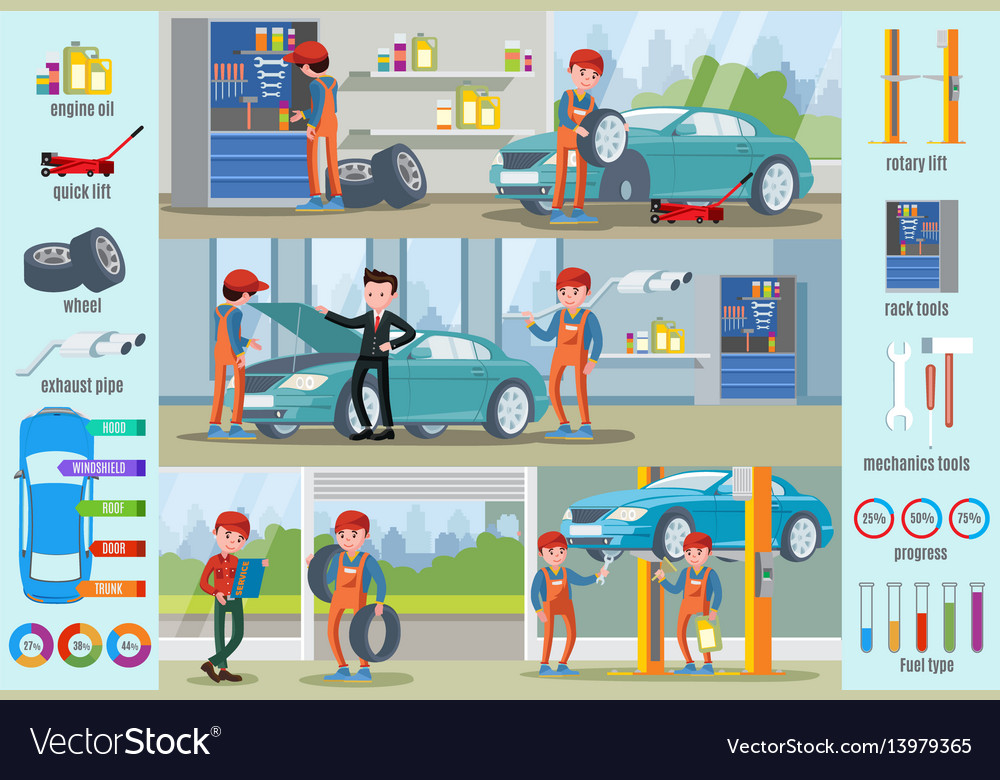Recognizing Your Auto'S Warning Lighting: What Do They Actually Mean?
Recognizing Your Auto'S Warning Lighting: What Do They Actually Mean?
Blog Article
Team Author-Higgins Forbes
When you lag the wheel, those beautiful caution lights on your dashboard can be a little bit complicated. Do you recognize what they're attempting to inform you about your car's health? Recognizing the significance of these lights is important for your security and the durability of your car. So, the next time one of those lights appears, wouldn't you intend to understand its message precisely and take the required steps to address it?
Common Caution Lights and Interpretations
Recognize typical warning lights in your vehicle and comprehend their definitions to make sure safe driving.
One of the most normal warning lights include the check engine light, which indicates concerns with the engine or emissions system. If this light begins, it's crucial to have your car inspected quickly.
The oil stress cautioning light suggests reduced oil pressure, requiring prompt interest to avoid engine damages.
A blinking battery light might suggest a faulty billing system, potentially leaving you stranded if not dealt with.
The tire pressure monitoring system (TPMS) light signals you to low tire pressure, influencing lorry security and fuel efficiency. Neglecting this could bring about unsafe driving problems.
The abdominal muscle light shows a trouble with the anti-lock stopping system, compromising your capability to stop quickly in emergencies.
Finally, the coolant temperature alerting light warns of engine getting too hot, which can result in severe damages if not settled quickly.
Recognizing https://fernandotojdx.bloggactif.com/33207131/discover-exactly-how-environment-friendly-automobile-outlining-items-can-raise-your-vehicle-s-shine-while-protecting-the-world-uncover-the-lasting-choices-waiting-for-you will certainly aid you attend to issues without delay and maintain secure driving problems.
Relevance of Prompt Interest
Recognizing the typical warning lights in your vehicle is just the primary step; the importance of quickly addressing these cautions can't be highlighted sufficient to ensure your safety when driving.
When a warning light brightens on your dashboard, it's your car's method of communicating a prospective problem that requires focus. Ignoring these cautions can cause more serious issues later on, jeopardizing your safety and possibly costing you extra out of commission.
Trigger interest to cautioning lights can avoid breakdowns and accidents. As an example, a blinking check engine light could indicate a misfire that, if left unattended, could create damage to the catalytic converter. Addressing this promptly can save you from a costly fixing.
In a similar way, a brake system alerting light may signal reduced brake liquid or worn brake pads, important elements for your safety when driving.
Do It Yourself Troubleshooting Tips
If you observe a caution light on your control panel, there are a couple of do it yourself fixing suggestions you can attempt before seeking professional aid.
The first step is to consult your car's handbook to understand what the specific caution light shows. Often the issue can be as easy as a loose gas cap setting off the check engine light. Tightening up the gas cap might deal with the trouble.
Another common issue is a low battery, which can activate numerous alerting lights. Checking the battery connections for rust and ensuring they're safe and secure may take care of the issue.
If a caution light persists, you can attempt resetting it by detaching the cars and truck's battery for a couple of minutes and after that reconnecting it. In addition, examining your automobile's liquid levels, such as oil, coolant, and brake fluid, can help fix alerting lights connected to these systems.
Conclusion
To conclude, recognizing your automobile's caution lights is necessary for maintaining your automobile running smoothly and safely. By without delay dealing with these notifies and knowing what they imply, you can stay clear of pricey fixings and possible break downs.
Keep in mind to consult your vehicle's guidebook for particular information on each cautioning light and do something about it as necessary to ensure a trouble-free driving experience.
Remain informed, stay https://www.firehouse.com/operations-training/news/21257426/fire-damages-pa-auto-shop on the road!
